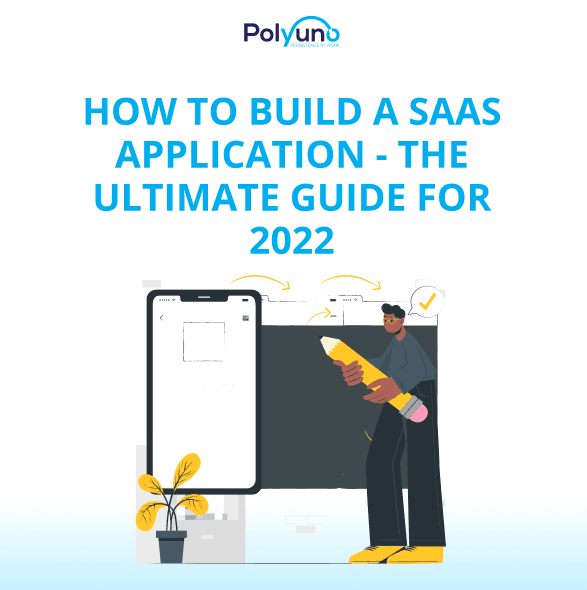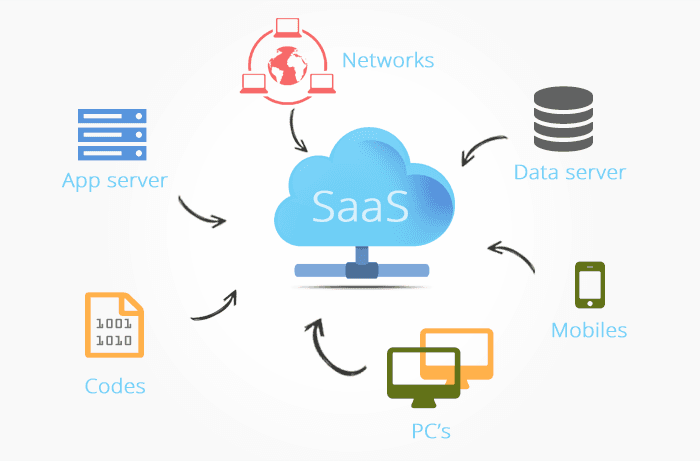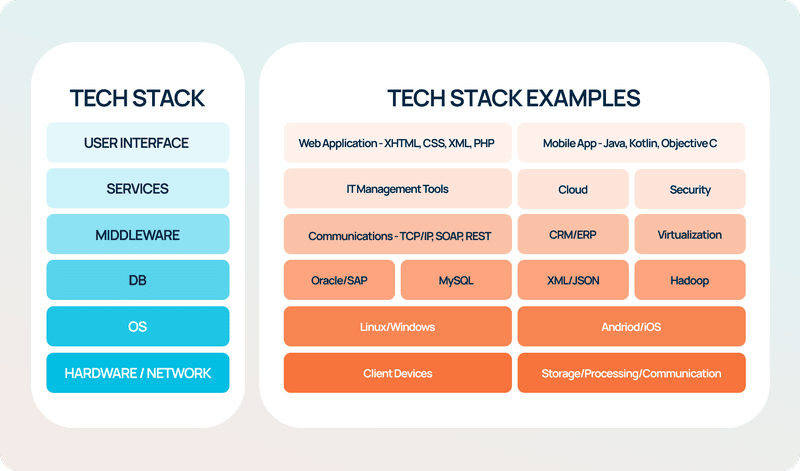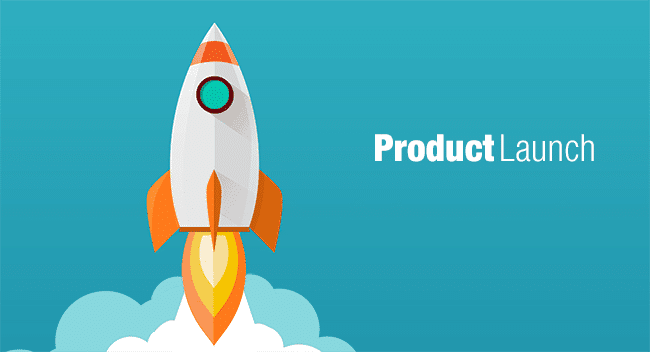
SaaS applications are web-based applications that take the place of offline software. You don't need to install it on your clients' computers or upgraded it to run. It's a subscription service, which means your clients don't have to buy new hardware to run it.
Clients often access SaaS solutions from connected devices through an internet browser or other APIs, with the software supplier performing all upkeep. Generally, a third-party cloud computing provider manages its infrastructure.

In this article, we are going to explain to you:
Cloud-based systems do not require your organization to acquire a license, as packaged software does. Moreover, you do not need to spend an obscene amount of money on hardware purchases, as well as hardware maintenance fees.
SaaS solutions are highly adaptable because of their transient nature - they are not lifelong commitments and organizations can cancel their subscriptions if they feel like the software no longer serves a purpose or is not worth the monthly fees. A positive development for developers is that more businesses will try their SaaS products and stick with them in the long run, as customer awareness is multiplied.
People interested in developing SaaS applications can benefit from remote access. Because the product is always accessible and the only requirement is an internet connection, you may assemble a team of qualified developers across the globe to work on it.
Compared to other business models, SaaS technology enables you to generate recurring revenue and keep a record of your monthly/annual revenue.
It is achievable through a subscription model, in which clients pay a fixed monthly or annual cost, but other business models require continual user acquisition, as the majority of users pay a one-time fee.
It takes time to develop an innovative SaaS product that meets market needs. After you’ve accomplished that, all you have to do is ensure excellent customer service and keep the program updated on a constant basis. Introducing additional features or developing add-ons is unquestionably easier than developing software from the start.
Cloud access ensures that users always have the most recent version of your SaaS product. This eliminates the need to manually update and install the latest version, as this is accomplished in the background.
To begin, you should determine whether it is a smart idea to construct the SaaS product you are considering. Conduct market research on the market segment into which you wish to expand. If the on-premises strategy wins out in this case, evaluate the model's inherent benefits as well.

Consider the following basic questions. Such as -
After you've scribbled these thoughts on a whiteboard and evaluated them with your team, it's necessary to establish your end goal or vision. You must have a clear picture of what your product will look like, and you must research your competitors' failures to avoid making them yourself. So, when the time comes to develop your SaaS application, this data will dictate the business strategy, design, and, most crucially, the functionality of your product.
When you decide to create SaaS software from the ground up, you should carefully lay out a complete business strategy. A business strategy is a well-defined set of financial and operational goals that you wish to accomplish - it serves as a blueprint for the development of your SaaS Application.

Let's go over the vital elements you need to include in your business plan in order to understand exactly how to construct a SaaS solution.
When developing software as a service, three critical pillars must be addressed for your SaaS needs list - integration options, customization, and protection. Compile a list of elements you'd like to have (and match them to those offered by direct competitors) as well as those that would be a good addition. Your business strategy is almost certain to change. However, it is necessary to make an informed decision about how to successfully construct a SaaS product.
"MVP" is an acronym for "Minimum Viable Product." A minimum viable product (MVP) is not a completely functional product, but more a prototype with essential functions to determine whether clients will use your SaaS product.
While an MVP is not a complete product, it contains sufficient functionality to entice early adopters and test an idea. The MVP is market-ready and may be scaled and modified in the future. Finally, you will have data that will be used to optimize your final product, so do not overlook it.

As you experiment with your MVP, try to observe the following in your client feedback -
Clarify your business strategy's forecasts. Think if you need to adjust the price tier and how long it will take to observe notable ROIs.
The product should alleviate the customers' pain points, and if they're satisfied with their experience with your product, you're doing something right.
MVPs enable you to gather end-user input and determine whether customers are willing to part with their hard-earned money for your product.
After you've defined the look and functionality of your SaaS product, it's time to assemble your team of SaaS developers. You can employ your in-house team. However, if your in-house team is not prepared for or enthusiastic about committing long-term to your SaaS product development and its upkeep, consulting with and hiring an experienced team of freelance SaaS developers may be a good choice.
Either way, it is essential for your SaaS team to contain the following -
Or, you may entirely outsource the project to an IT agency that specializes in SaaS development. An outsourcing company can provide industry insights and guidance suited to your business's specific needs.
The "tech stack" is a collection of computer languages, systems, and tools used in the development of software. Presently, technologies offer a plethora of alternatives. That is why the process of developing a SaaS product and determining a solution stack is not straightforward.

Another consideration is the unique requirements of your firm. As a result, there is no one-size-fits-all answer to the question of which frameworks and technologies to use to construct your SaaS product.
Now let us examine the requirements for SaaS application development and the most frequently used approaches to address them -
After conducting market research, gathering feedback, and building a fantastic group of skilled developers, it's time to take the leap and begin launching your own SaaS solution. We propose drafting a timeline and adhering to its deadlines to avoid prolonging the project.

There are a few quantitative indicators that indicate the performance of your SaaS solution. Here are a few things to be wary of once your SaaS app has been launched:
Additionally, keep in mind that you must consider updates. To ensure that your project develops seamlessly over time and maintains constant updates, you'll need a team of talented developers with innovative solutions.
Without questioning, SaaS application development provides a plethora of advantages. This includes saving time and money, customer expansion, recurring revenue generation, accessibility and reliability, and finally, ease of updating. To reap these benefits, you must -
We hope this guide has helped demonstrate the importance of SaaS solutions and provided you with a clear image of what needs to be done to construct one successfully. And if you need help with building a SaaS application, look no further. PolyUno is one of the top leading full-stack agencies and can help you build your SaaS application in your digital journey.